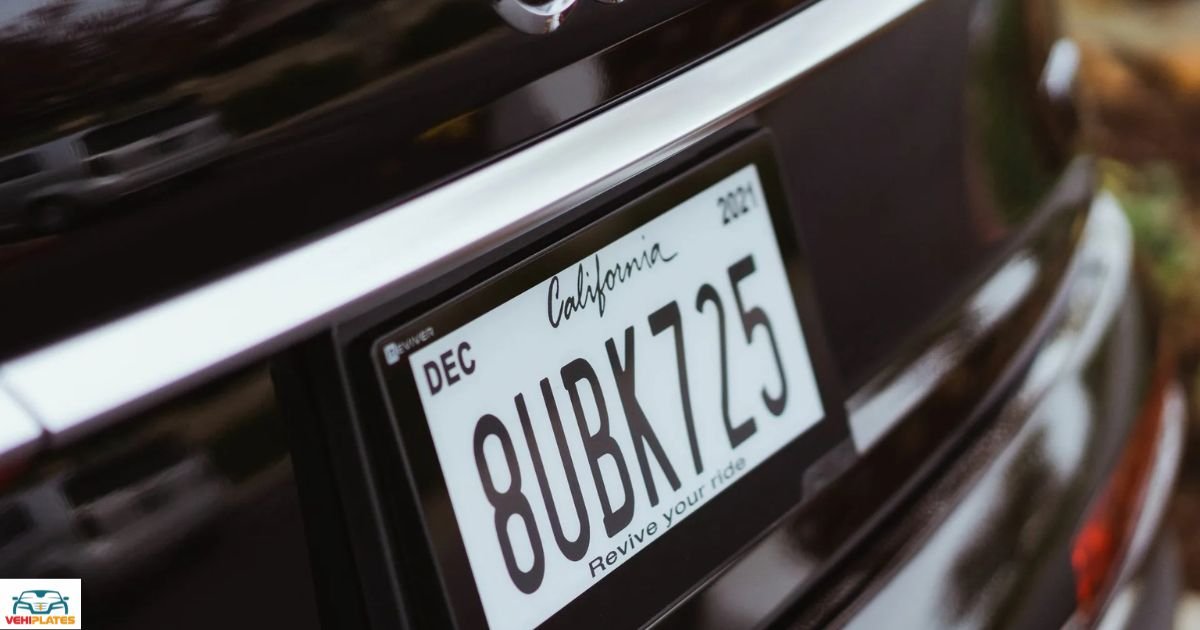License plate fasteners are an essential component that ensures the secure installation of a license plate onto the vehicle’s front or rear exterior. License plate fasteners are necessary to use when the pre-drilled holes on a license plate do not align with the holes on the vehicle’s bumper.
They come in various sizes and shapes, including screws, bolts, nuts, and plastic fasteners. In this article, we will discuss how to use license plate fasteners and why it is essential to have them properly installed.
Why use License Plate Fasteners?
License plate fasteners are essential for safe driving as they secure the license plate to the vehicle’s bumper. If the license plate is not adequately fastened, it can fall off the vehicle during transit and pose a danger to other drivers on the road.
The flying license plate can also cause considerable damage to other cars, pedestrians, or buildings. It is essential to use license plate fasteners to ensure the proper installation of the plate.
Types of License Plate Fasteners

There are different types of license plate fasteners available, each with its unique features and purposes. Let’s take a look at some of the common types of license plate fasteners.
Screw and Nut Fasteners
This type of fastener is a combination of a screw and a nut that goes through the license plate hole and mounts it onto the vehicle’s bumper. You will need a screwdriver and a wrench to secure the nut and screw in place.
Bolts and Nuts
Bolts and nuts work the same way as screw and nut fasteners, except they are longer and more durable. It come in different sizes and are suitable for securing oversized license plates.
Metal Clamps
Metal clamps are bent pieces of metal that add extra support to the license plate. They are less secure than screw or bolt fasteners but are ideal for temporary license plates.
Adhesive Fasteners
Adhesive fasteners use a strong adhesive strip to attach the license plate to the vehicle’s bumper. They are easy to install and do not require any tools, but they are not suitable for high speeds or extreme weather conditions.
Rubber License Plate Protectors
Rubber license plate protectors act as a cushion between the license plate and the bumper, preventing scratches and damages to the car. They also help reduce vibration noise caused by driving.
How to Use License Plate Fasteners?

Now that we have discussed the different types of license plate fasteners let’s take a look at how to use them. Here are the steps to follow:
Choose the right fastener
The first step in using license plate fasteners is selecting the right type of fastener for your license plate and vehicle. Consider the size and weight of your license plate and the weather conditions you will be driving in.
Align the Plate
Align the plate against the bumper’s holes to determine the best location for the fasteners, ensuring that the license plate is straight and level. By the way, have you ever wondered, ‘How much is a personalized license plate in Florida?’
Insert the Fastener
Insert the fastener into the vehicle bumper, through the license plate hole. Tighten the fastener, making sure that it is secure enough not to come loose during driving.
Check the Plate
Check the license plate to ensure it is secure and properly fastened to the vehicle. Wiggle the plate to check its stability and adjust the fasteners if necessary.
Install the Rubber Protector
If you choose to use a rubber license plate protector, attach it to the back of the license plate before installing it on the vehicle’s bumper.
FAQ’s
What types of license plate fasteners are available?
Common types include screws, bolts, nuts, plastic inserts, and snap caps, each with different installation methods and durability.
How do I choose the right license plate fasteners for my vehicle?
Consider factors such as the material of your vehicle’s bumper, the size and weight of the license plate, and local regulations regarding license plate attachment.
How do I install license plate fasteners?
Use a screwdriver or wrench to tighten the fasteners securely, ensuring the license plate is firmly attached but not overly tightened to avoid damage.
Conclusion
License plate fasteners are essential for the safe and secure installation of license plates on a vehicle’s bumper. There are various types of license plate fasteners available, including screws, bolts, nuts, adhesive, metal clamps, and rubber protectors.
It is essential to choose the right type of fastener for your license plate and vehicle and follow the proper installation steps to ensure that the plate remains secure during driving.
Always remember to check the license plate’s stability and adjust the fasteners if necessary. With the proper use of license plate fasteners, you can drive safely and avoid potential accidents caused by a loose license plate.










